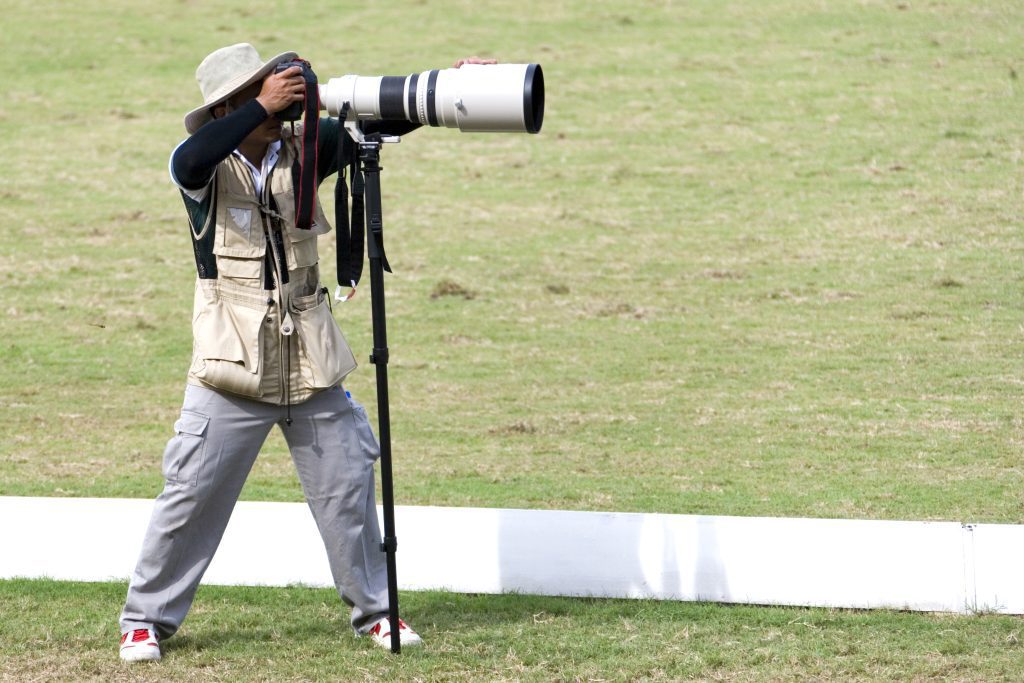Golf is the ultimate gentleman’s game, famed for its breathtaking landscapes, precision, and elegance. Professional and amateur golf photographers have a field day taking stunning photographs from challenging bunkers to the lush green fairways, capturing every detail, like the players’ skill, the golf course’s beauty, and the game’s drama. Well-captured golf photos act as powerful storytelling tools, preserving cherished memories and documenting the essence of the game. Read on to discover how you can become a force to reckon with in golf photography.
Top Tips and Techniques to Excel in Golf Photography
Know The Game
To excel in golf photography, you must first understand what the sport is all about. Take time to understand the rules, etiquette, and all nuances of the sport to know how to capture the right moments. Knowing when and where key shots might occur is essential for anticipating them and being in the perfect position to capture the golden moment.
Get the Essential Equipment
As a golf photographer, you need the right equipment to handle the challenges of shooting on the course. Go for a camera with a high-resolution sensor that will capture player and course details vividly. A high continuous shooting speed and fast autofocus capabilities are necessary in your camera for capturing action shots effectively.
Additionally, a versatile lens range helps to capture every moment. A macro lens captures intricate details like golf ball dimples perfectly, a telephoto lens zooms in on the players and their swings accurately, whereas a wide-angle lens is ideal for capturing the course’s expansive landscapes. A sturdy tripod also helps in stabilizing your camera.

Work with Light
Any form of photography requires paying close attention to the lighting conditions. As a golf photographer, you should adapt to changing light conditions on the course throughout the day and act accordingly. Work with early morning and late afternoon light for beautiful, warm tones and long shadows, while overcast days can provide softer, more even lighting.
Moreover, you can leverage artificial lighting techniques for optimal results. You can create dramatic effects or fill in shadows using external flash units. Depending on the day’s natural lighting conditions, you can experiment with different artificial lighting setups to achieve the most creative and flattering results.
Master the Art of Composition
It would help if you learned how to arrange elements within the frame to create impactful and visually pleasing golf photographs. Clever composition tactics include employing the rule of thirds, where you divide the frame into thirds both vertically and horizontally and place key elements along these imaginary lines or at their intersections.
You can also incorporate foreground and background elements to add depth and interest to your photos. Natural elements like flowers or trees and golf-related ones like clubs can create stunning foreground appeal, while you should be careful when choosing the background to ensure that it complements the main subject.
Prepare Adequately for a Shoot
Before a golf shoot, conduct thorough course research and understand its layout. Ensure you study hole positions and any unique landmarks or features that can enhance your photos. You should also identify the best vantage points and angles to get closer to the players and capture the action without interfering with the game. If the event has exclusive areas for premium shots, contact the event organizers or the course management to secure access.






































